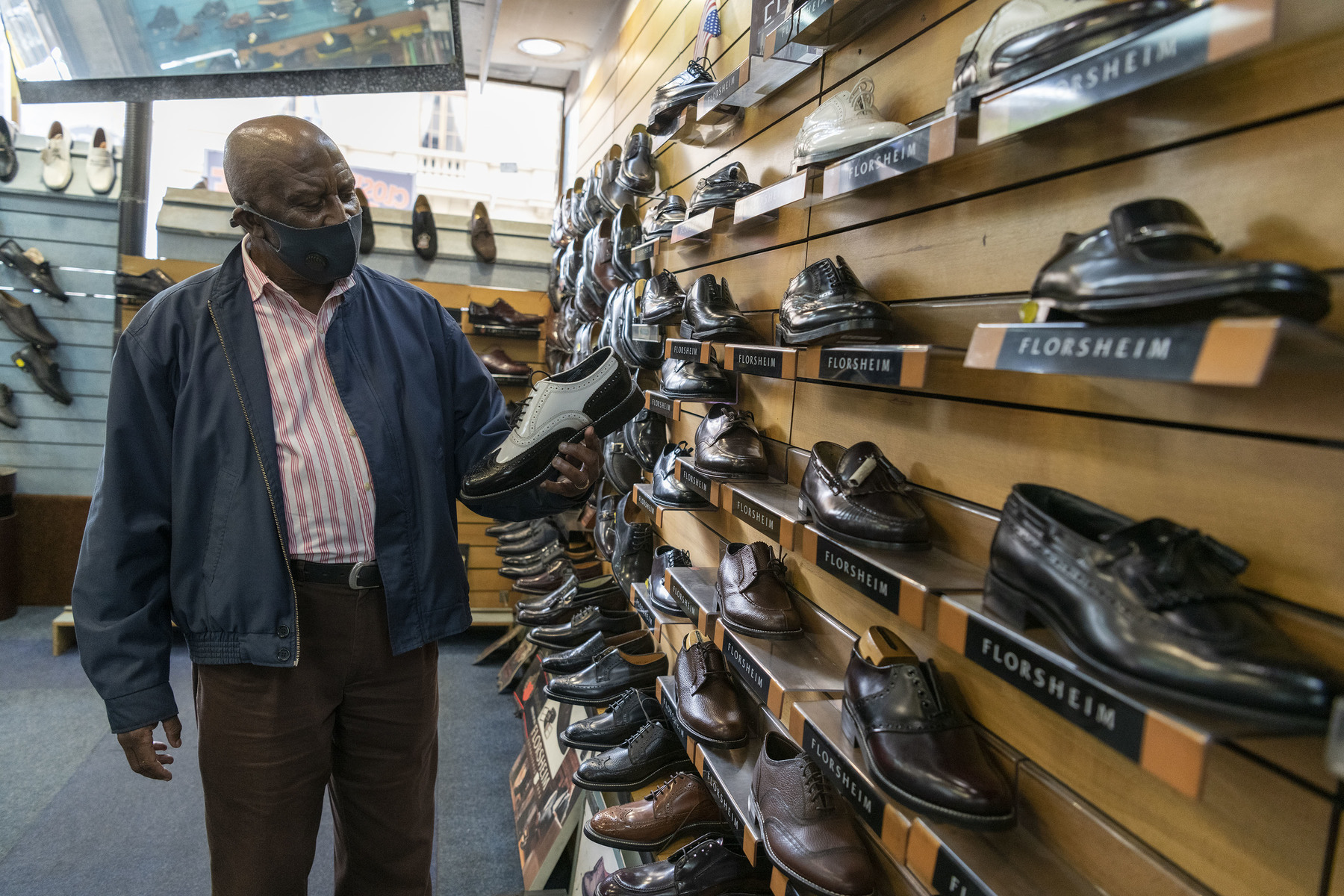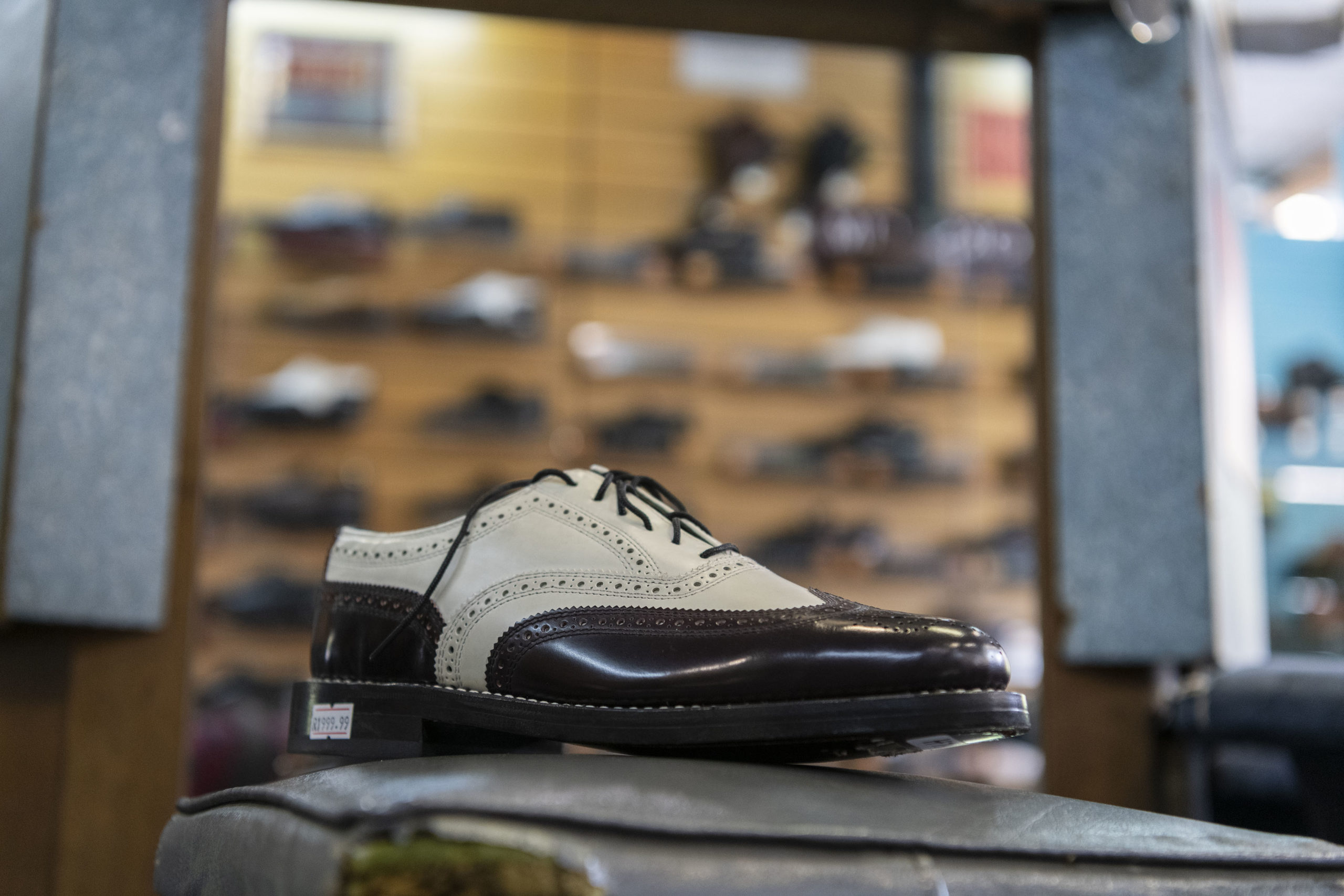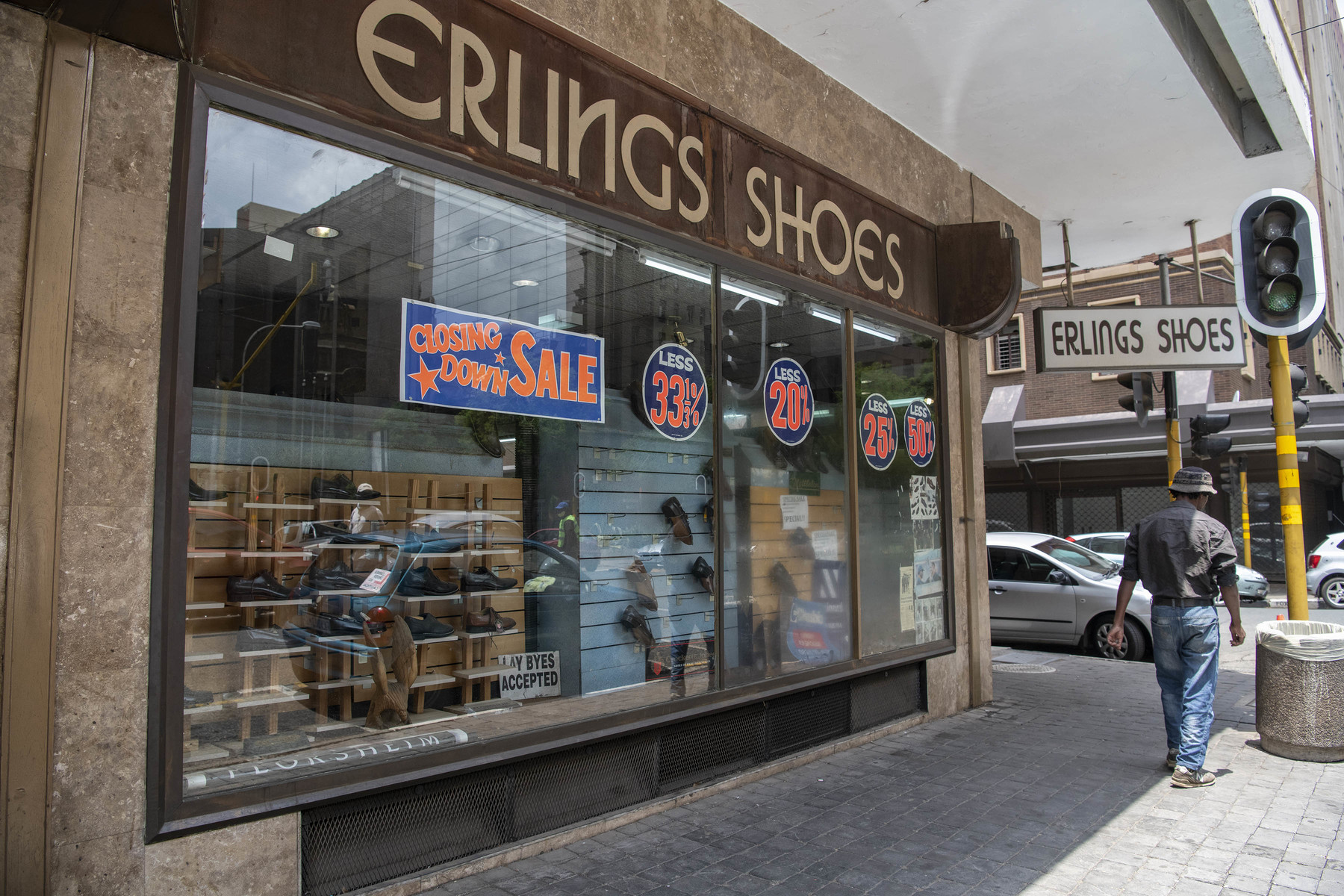Erlings Shoes is no more as Jozi’s centre changes
The flight of white people – and capital – from what was once Johannesburg’s central business district has changed the face of the city, for better or for worse, depending on whom one asks.
Author:
6 September 2021

Old Johannesburg Is Vanishing, the title of a short essay by Herman Charles Bosman, is an apt epitaph for Erlings Shoes in Marshalltown, Johannesburg, which recently shuttered its doors after more than eight decades in business.
“What is it all about, a nostalgia for the past?” Bosman asked in the essay included in Bosman’s Johannesburg, edited by literary scholar Stephen Gray and published in 1986. “Most people seem to have it. Collecting antiques, revisiting the scenes of one’s childhood, standing in awe before an ancient monument – all these are different aspects of sharing in that feeling about time that is bygone and irrecoverable.”
Even if one never went into the small, claustrophobic shop at the corner of Loveday and Fox streets in Johannesburg’s central business district, and walked on its sole-worn blue carpet, it’s likely most Joburgers were aware of the shop. The dozen-storey Aegis Building, straddling Commissioner and Loveday streets, has a glazed ground-floor façade facing the Rand Club; lawyers Oliver Tambo and Nelson Mandela once had an office in the building.

Classified as a heritage structure by the city and therefore not to be tampered with, it is an art deco edifice designed by architects Frank Emley and Frederick Williamson for an insurance company. The present structure, the building’s second incarnation, went up in 1934 on a site that had been, in the 1880s, Johannesburg’s first football field.
In its 87-year history, the shop had three owners: Ernest Erlings, Benny Lazarus and its last, Bill Hoffman, who was 91 years old when interviewed in November 2020. “It’s also time for me to give up and retire and I have nobody who will take over at this particular stage. And with Covid-19, people [with] money to take over the shop are not really available, so I have decided to have a closing-down sale into December, perhaps into the new year,” said Hoffman, who ran the shop for three decades.

It’s farewell closing-down sale was prolonged and went into the early months of the year, beyond the date Hoffman had envisaged. The coronavirus had been bad for business all around, he said, even in the malls. “Covid-19 has been an absolute disaster, health-wise and economically, not just here in South Africa but throughout the world.”
Even though what Hoffman described as “the better type shoes” – Florsheim, Crockett & Jones, Barker and Grasshoppers – had been marked down, they didn’t sell as quickly as he thought, a reflection of the inclement economy.
A veritable who’s who
When asked who his customers were in the 30 years he ran the shop, Hoffman named some of the country’s Black elites: Cyril Ramaphosa, Kgalema Motlanthe, Tokyo Sexwale and other ANC leaders. The shop’s proximity to the Rand Club was a source of much of its business in its heyday, but with the flight of white capital to the north, trade had been slow.
During the busy days, Hoffman used to employ five people, but when he closed down his only remaining employee was Jacob Sydney Molefe, the shop’s de facto manager, the man who helped his ageing boss. “I was thinking of retiring and so won’t look for another job,” Molefe said.
Casting his look back at the city during his custodianship of Erlings Shoes, Hoffman opined: “Of course, the city centre is not what it used to be. [It] was fully occupied, all these buildings around here were fully occupied. But now they are empty because government people are moving to Sandton and the city centre is not what it used to be in the old days, even [compared to] four or five years ago.”

He is right. Most buildings in the vicinity have “to let” signs. Most of the Aegis Building’s floors are not occupied and, in fact, the structure is for sale.
As if the Rand lords who used to come and drink at the Rand Club were speaking through him, Hoffman said: “Even people who are residents here are not the same people who used to live here before. There were more businesspeople who used to live in town.
“A lot [of people] have come from Soweto to the centre of Joburg. That’s why the centre of Joburg has changed so much, because people from Soweto have moved to the centre of town and the businesspeople, accountants, lawyers, etc, have all moved to Sandton. I am afraid it won’t change. And there is no way of changing it.”
Most of the city’s new residents won’t miss Hoffman’s nostalgia for the old Johannesburg, but some Joburgers and the feet of its flâneurs are sure going to miss Erlings’ eclectic selection of shoes.

